Water polyethylene (poly) pipes have emerged as the backbone of modern water distribution and management systems, revolutionizing the way water is transported, delivered, and utilized across a wide spectrum of applications. Composed primarily of high-density polyethylene (HDPE) or medium-density polyethylene (MDPE), these pipes embody resilience, adaptability, and efficiency, catering to diverse needs in municipal, agricultural, industrial, and environmental settings. Their exceptional durability, corrosion resistance, and flexibility have propelled them to the forefront of the water management industry, offering sustainable and reliable solutions for ensuring clean water supply, irrigation, and efficient wastewater management. In this article, we delve into the multifaceted world of water poly pipes, exploring their significance in unique environmental conditions, IoT integration in water poly pipe networks and Eco-Friendly Initiatives in Water Poly Pipe Production.
Water Poly Pipes in Unique Environmental Conditions
In the ever-evolving landscape of water management, the significance of water poly pipes in tackling unique environmental conditions cannot be overstated. These adaptable and durable pipes play a pivotal role in overcoming challenges presented by diverse environments, ensuring efficient water distribution and sustainable management. This article explores how water poly pipes serve as adaptable solutions in unique environmental settings.
Understanding Water Poly Pipes
Water poly pipes, constructed from high-density polyethylene (HDPE) or medium-density polyethylene (MDPE), exhibit remarkable durability, flexibility, and resistance to corrosion. Their composition and design allow for versatile applications in various environmental conditions, making them indispensable in water distribution, irrigation, and industrial systems.
Adaptability in Unique Environments
In environments prone to extreme temperatures, such as arid deserts or frigid landscapes, the flexibility of water poly pipes becomes a critical asset. The pipes’ ability to withstand temperature fluctuations without compromising structural integrity ensures consistent water flow, regardless of climatic extremes.
In coastal or highly corrosive environments, where traditional materials might succumb to corrosion, water poly pipes shine. Their inherent resistance to corrosive elements safeguards water quality and prevents degradation, making them ideal for use in marine or aggressive soil conditions.
Moreover, the flexibility and adaptability of poly pipes allow for easy installation and maneuverability, even in challenging terrains, including rocky landscapes or regions prone to seismic activity. This adaptability minimizes the need for complex joints and fittings, ensuring a more secure and reliable distribution system.
Environmental Challenges and Poly Pipe Solutions
Challenges posed by soil movement, shifting landscapes, or high-pressure conditions are effectively met by water poly pipes. Their leak-resistant joints, created through fusion or mechanical connections, offer stability and reliability in challenging terrain.
In areas susceptible to water scarcity or significant temperature differentials, the longevity of these pipes ensures sustained performance over decades, reducing maintenance and replacement requirements.
Sustainable Impact
Water poly pipes also contribute to sustainable water management. Their durability and longevity decrease the need for replacements, reducing environmental impact and resource consumption. Furthermore, their compatibility with recycling initiatives and use of eco-friendly materials in manufacturing offer substantial environmental benefits.
The adaptability, durability, and versatility of water poly pipes make them invaluable solutions in diverse environmental conditions. Their ability to withstand extremes while ensuring reliable water distribution underscores their importance in promoting sustainable water management. As our world faces changing climates and varied environmental challenges, water poly pipes stand as resilient assets, offering consistent and reliable water distribution in unique and demanding conditions.
IoT Integration in Water Poly Pipe Networks
In the rapidly evolving landscape of water management, the integration of Internet of Things (IoT) technology in water poly pipe networks represents a groundbreaking advancement. This integration promises smarter, more efficient, and proactive systems for monitoring, managing, and optimizing water distribution. This article delves into the pivotal role of IoT technology in water poly pipe networks and its transformative impact on water management.
Understanding IoT Integration in Water Poly Pipe Networks
The application of IoT technology in water poly pipe networks involves embedding sensors and communication devices within the pipes to collect real-time data. These sensors monitor various parameters such as flow rate, pressure, temperature, and water quality, providing crucial insights into the system's performance.
Advantages of IoT Integration
1. Real-time Monitoring: IoT-equipped poly pipes offer real-time monitoring capabilities, enabling immediate detection of leaks, pressure fluctuations, or abnormalities in the water distribution system.
2. Predictive Maintenance: Continuous data collection allows for predictive maintenance, foreseeing potential issues before they escalate, thereby reducing downtime and repair costs.
3. Optimized Water Usage: Precise monitoring and data analysis assist in optimizing water usage, ensuring efficient distribution and reducing wastage.
4. Remote Access and Control: The ability to access and control the system remotely offers convenience and swift response to system adjustments or emergencies.
Applications in Water Management
1. Leak Detection and Prevention: IoT sensors can swiftly identify leaks or abnormalities in the system, enabling prompt response and preventing water loss.
2. Water Quality Monitoring: Continuous monitoring ensures the maintenance of water quality, identifying changes in parameters that might affect the quality of distributed water.
3. Pressure Control and Optimization: IoT integration allows for the adjustment of pressure in the pipes, optimizing the flow to meet specific requirements.
Implementation Challenges and Considerations
While IoT integration in water poly pipe networks offers numerous advantages, there are challenges to consider, such as the initial investment in sensor technology, data security concerns, and the need for reliable connectivity in remote locations.
Future Prospects
The future of water management lies in the seamless integration of IoT technology with water poly pipe networks. Advancements in sensor technology, data analytics, and AI-driven applications will further enhance the efficiency, sustainability, and responsiveness of water distribution systems.
The integration of IoT technology in water poly pipe networks represents a significant step forward in water management. By leveraging real-time data and remote control capabilities, this integration ensures more efficient, proactive, and sustainable water distribution systems, promising a future of optimized resource utilization and resilient infrastructure.
Eco-Friendly Initiatives in Water Poly Pipe Production
The production of water poly pipes has undergone a remarkable evolution, marked by a proactive shift towards sustainable manufacturing processes and materials. The industry's commitment to eco-friendly initiatives in water poly pipe production underscores a dedication to reducing environmental impact while delivering efficient and durable solutions for water distribution and management.
In recent years, the water poly pipe manufacturing sector has embraced innovative approaches aimed at reducing its ecological footprint. One significant stride is the integration of recycled and eco-conscious materials in the production of these pipes. By incorporating recycled high-density polyethylene (HDPE) and medium-density polyethylene (MDPE) materials, manufacturers have not only lessened the dependence on raw materials but also diverted plastic waste from landfills, aligning with the principles of a circular economy.
Moreover, the manufacturing process has undergone advancements to minimize energy consumption and reduce emissions. Employing energy-efficient technologies and implementing sustainable practices in production facilities has significantly lowered the carbon footprint associated with the manufacturing of water poly pipes. This eco-conscious approach ensures that these essential conduits are not only environmentally friendly in application but also in their entire lifecycle, from production to disposal.
Additionally, manufacturers have embarked on initiatives to optimize water usage within their production processes. By implementing responsible water management strategies, they have mitigated the environmental impact associated with water-intensive manufacturing processes, thus contributing to the conservation of this vital resource.
The industry's commitment to sustainability extends beyond the production phase, emphasizing the end-of-life management of water poly pipes. Encouraging recycling programs and advocating for proper disposal methods ensures that used poly pipes are recycled or repurposed, preventing them from becoming waste and further contributing to a more sustainable approach in the industry.
The integration of eco-friendly initiatives in water poly pipe production stands as a testament to the industry's commitment to environmental responsibility. By embracing recycled materials, minimizing energy consumption, and promoting responsible water usage, manufacturers are spearheading sustainable practices. The collective efforts toward eco-conscious manufacturing not only reduce environmental impact but also reinforce the role of water poly pipes in fostering a greener, more sustainable future.
Water Poly Pipe usage regulations
General provisions
① Pipes and fittings should have product quality inspection reports from the quality inspection department and certificates from the manufacturer.
② When storing, handling and transporting pipes, they should be tied with non-metallic ropes, and the ends of the pipes should be blocked.
③ When storing, handling and transporting pipes and pipe fittings, they must not be thrown or violently impacted.
④ When storing, handling and transporting pipes and fittings, they must not be exposed to the sun or rain; they must not come into contact with oil, acid, salt and other chemical substances.
⑤ The storage period of pipes and pipe fittings from production to use should not exceed one year.
Material acceptance
① Acceptance of pipes and fittings must be carried out. First, check and accept relevant information such as product instructions, product certificates, quality assurance certificates, and various performance inspection and acceptance reports.
② When accepting pipes and fittings, samples should be taken from the same batch, and the specifications, dimensions and appearance performance should be inspected in accordance with the current national standard "Polyethylene Materials for Water Supply (PE)". Comprehensive testing should be conducted if necessary.
Store
① Pipes and fittings should be stored in a warehouse or simple shed with good ventilation and a temperature not exceeding 40°C.
② Pipes should be stacked horizontally on flat supports or the ground. The stacking height should not exceed 1.5 meters. When the pipes are bundled into 1mx1m square bundles and supported on both sides for protection, the stacking height can be increased appropriately, but should not exceed 3m. The pipe fittings should be stacked neatly layer by layer to ensure that they do not collapse and are convenient. Take and manage.
③ When pipes and pipe fittings are temporarily stacked outdoors, they should be covered.
④ When storing pipes, pipes of different diameters and wall thicknesses should be stacked separately.
Carry
① When transporting pipes, they must be lifted with non-metallic ropes.
② When transporting pipes and fittings, they should be handled with care and arranged neatly. Do not throw or drag along the ground.
③ When transporting pipes and fittings in cold weather, severe impact is strictly prohibited.
Transportation
① When transporting pipes by vehicle, they should be placed on the flat bottom of the vehicle, and when transported by ship, they should be placed in a flat cabin. During transportation, the entire length of straight pipes should be supported, and coiled pipes should be stacked neatly. Straight pipes and coiled pipes should be bundled and fixed to avoid collision with each other, and should not be stacked in contact with sharp objects that may damage the pipes.
② When transporting pipe fittings, they should be neatly stacked layer by layer in boxes and fixed securely.
③ Pipes and fittings should be covered during transportation to avoid exposure to the sun and rain.
Water poly pipes stand as an indelible testament to the remarkable synergy between technological innovation and practical utility. Their reliability, adaptability, and sustainable nature have revolutionized the efficiency of water management systems, offering solutions that navigate the complexities of diverse environmental conditions and operational demands. As we continue to address the evolving challenges of a changing world, the versatility and enduring quality of water poly pipes will remain at the forefront, driving the momentum towards smarter, more sustainable, and resilient water infrastructure. Embracing these robust and flexible conduits is not just an investment in today's needs but a commitment to securing a water-rich and sustainable future for generations to come.
938.webp)
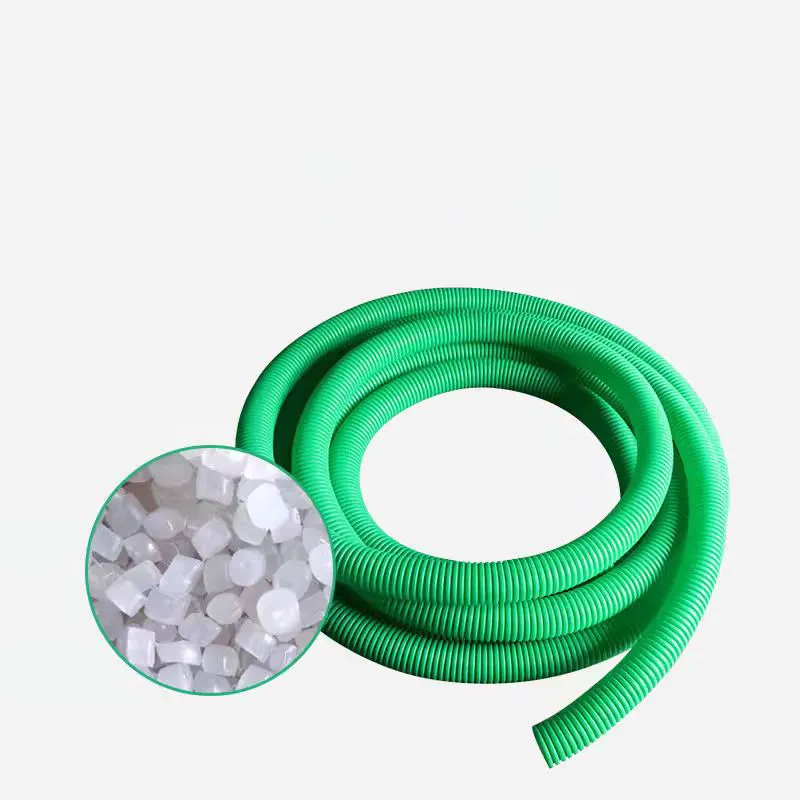
925.webp)
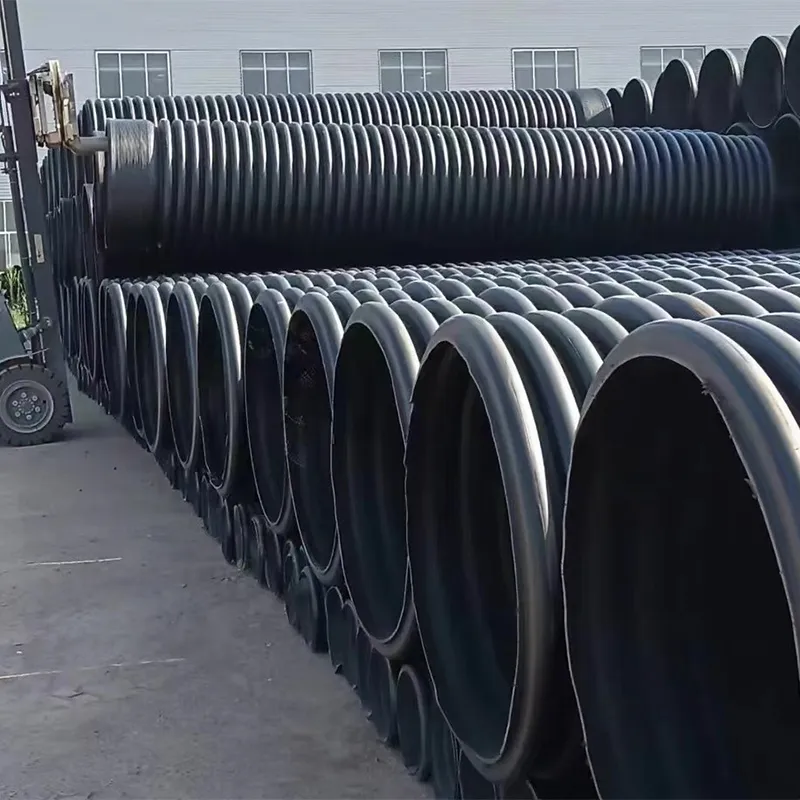
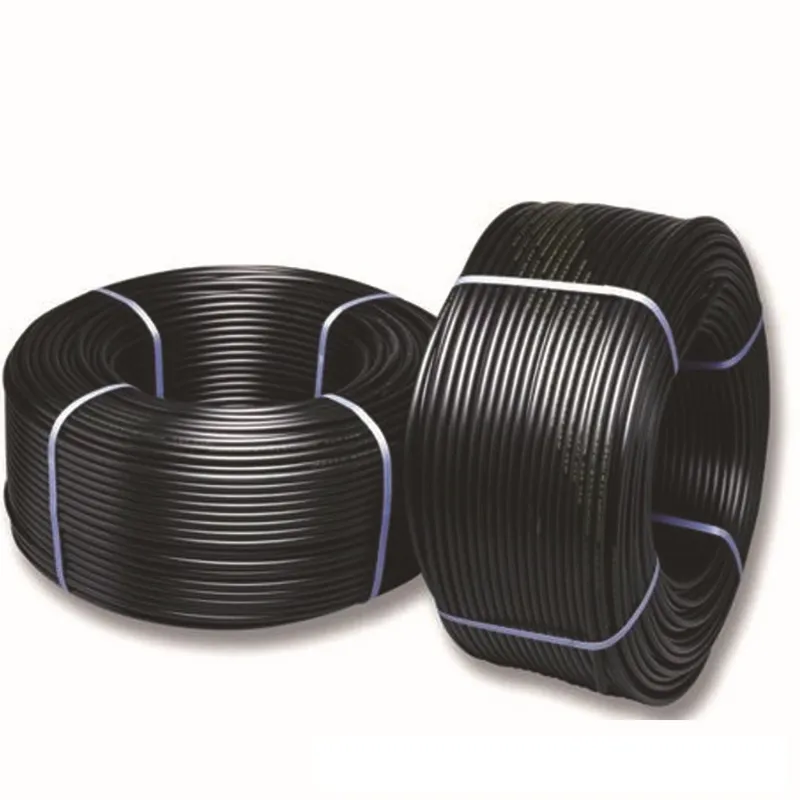
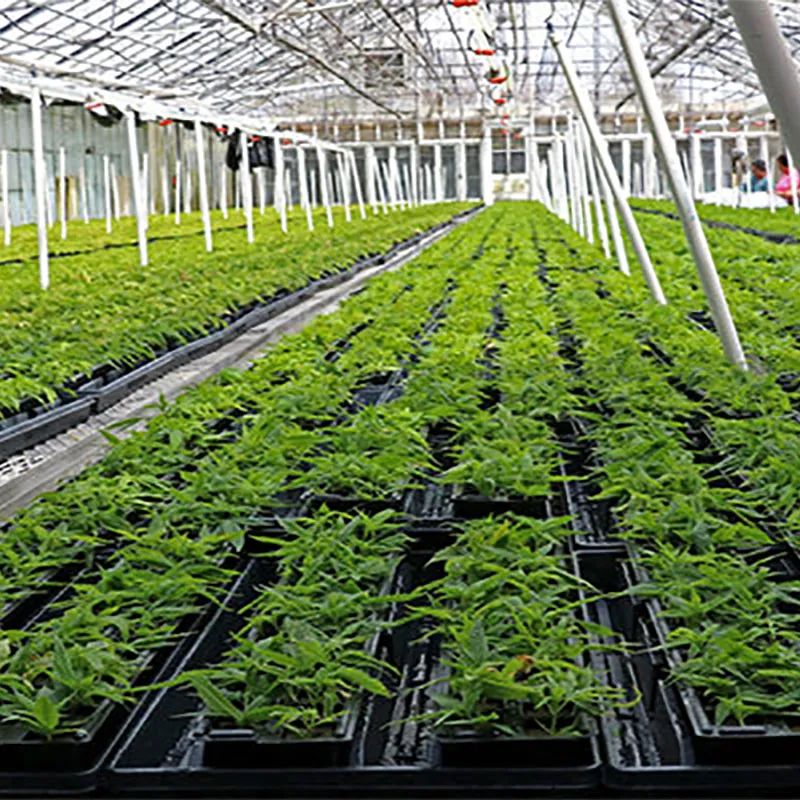
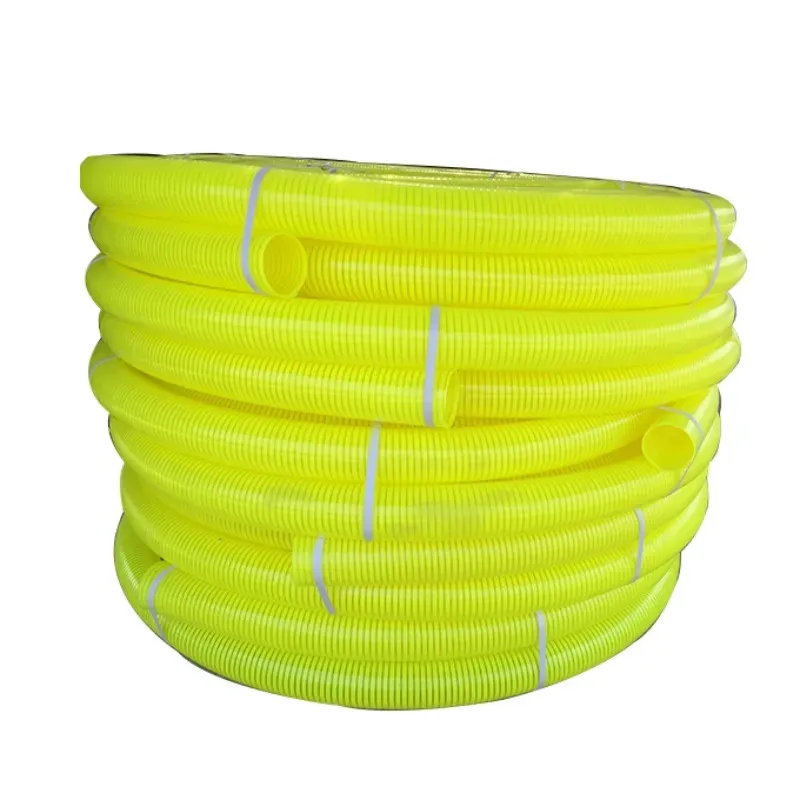
294.webp)
476.webp)
420.webp)
146.webp)
460.webp)
287.webp)
274.webp)
688.webp)


